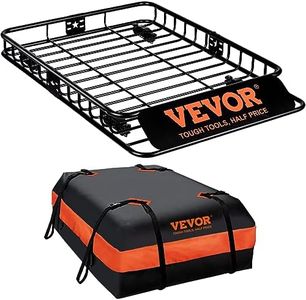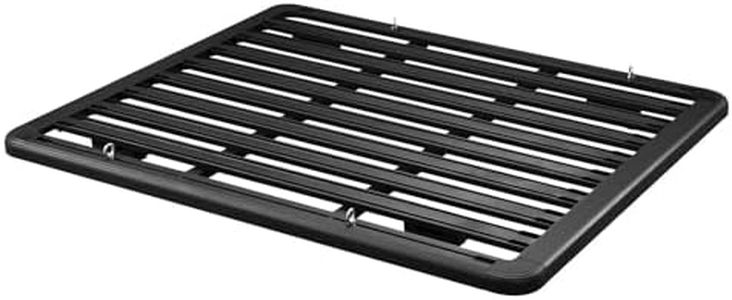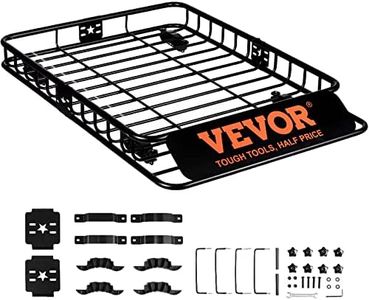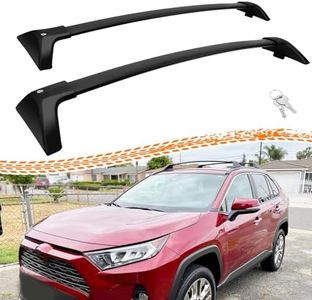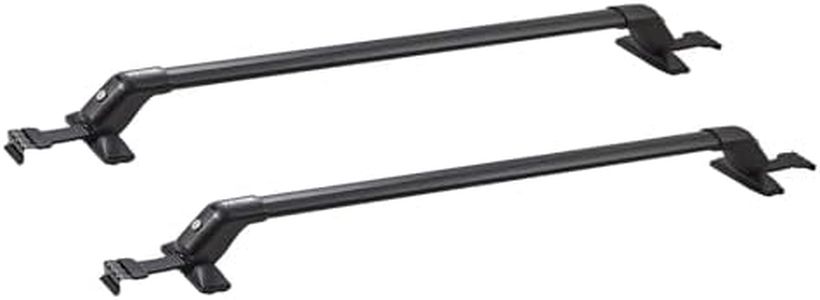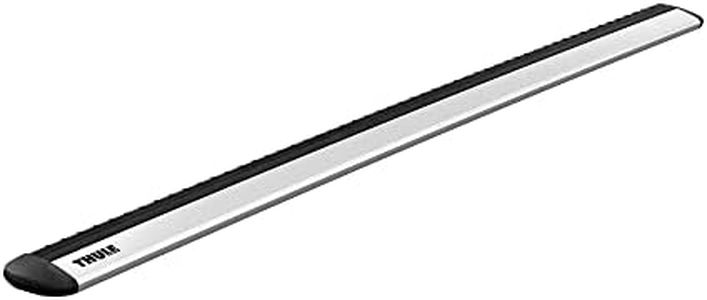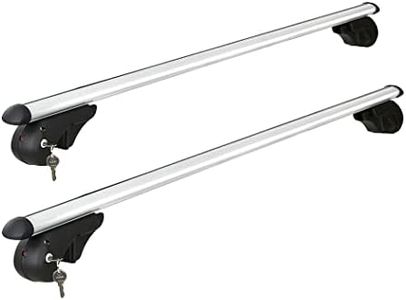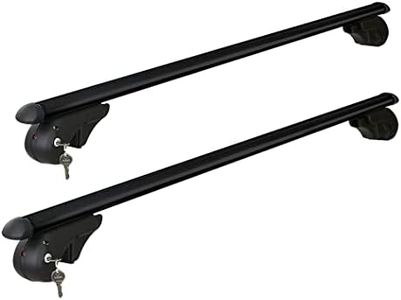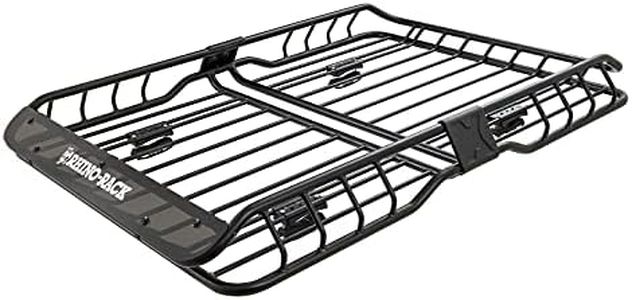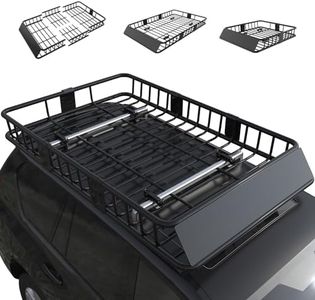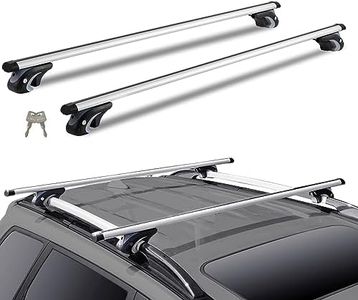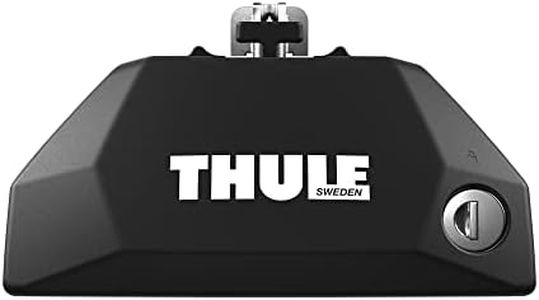We Use CookiesWe use cookies to enhance the security, performance,
functionality and for analytical and promotional activities. By continuing to browse this site you
are agreeing to our privacy policy
10 Best Roof Racks
From leading brands and best sellers available on the web.Buying Guide for the Best Roof Racks
Choosing the right roof rack can make your travels, outdoor adventures, or daily hauling much smoother and safer. A good roof rack system increases the cargo capacity of your vehicle, letting you transport everything from bikes and kayaks to extra luggage or work supplies. When buying a roof rack, you’ll want to think about how you'll primarily use it and what kind of vehicle you have, as these will guide your decisions on size, strength, compatibility, and ease of use.Weight CapacityWeight capacity refers to the maximum amount of weight a roof rack can safely carry. This is crucial for safety and for protecting your vehicle. Roof racks come with different load limits, usually classified as light-duty (up to about 75kg), medium-duty (75-125kg), and heavy-duty (over 125kg). If you’re just carrying a few items like lightweight sports gear, a light-duty rack may be enough. For heavy items or if you regularly haul a lot, consider a heavy-duty rack. Always remember that the total weight includes the rack itself, cargo, and any accessories, so stay well within the recommended limit.
Mounting SystemThe mounting system refers to how the roof rack attaches to your vehicle. Different vehicles have different roof types: bare roofs, raised rails, flush rails, or fixed points. Some racks are universal while others are custom-fit. It's important because the right mounting system will ensure stability and safety. If you have factory rails, look for racks that clamp onto those; otherwise, you may need a system that attaches using door jambs or fixed points. Always check compatibility with your specific vehicle model before buying.
Bar TypeBar type describes the shape and material of the crossbars that form the main part of the rack. Common types are square, round, and aerodynamic (oval-shaped). Aerodynamic bars reduce wind noise and drag but may cost more, making them ideal for regular or long-distance users. Square and round bars are usually more affordable and widely compatible with accessories but can be noisier at speed. Think about how much time you'll spend on the highway, and how concerned you are about noise and fuel efficiency. For occasional use, square or round bars may be fine; for regular use, aerodynamic bars can make a difference.
Accessory CompatibilityAccessory compatibility is about what extra carriers or mounts (like bike racks, ski mounts, or cargo boxes) can be attached to your roof rack. Some racks support a wide range of add-ons, while others are limited. This matters because your future needs might change. If you plan to carry a variety of equipment, select a rack system that works with standard accessories or has adapters for specialized gear. Check the product's compatibility list and think ahead about what you might transport.
Ease of Installation and RemovalEase of installation and removal is about how difficult or time-consuming it is to attach or take off the roof rack from your vehicle. Some racks are designed for quick tool-free mounting, while others may take more time and require tools. If you plan to keep the rack on your car most of the time, installation speed may be less important. However, if you’ll be putting it on and off frequently, look for racks marketed as 'quick-mount' or 'tool-free.' Reading reviews can also help you gauge ease of use.
Material and DurabilityMaterial and durability describe what the rack is made of (often aluminum or steel) and how well it holds up to weather and repeated use. Aluminum is lighter and more corrosion-resistant, which is ideal if you often drive in rainy or coastal areas. Steel can be stronger but heavier and sometimes prone to rust if not well maintained. Consider where you live, how often you’ll use the rack, and whether you prefer a lighter rack for easier handling or a heavier, ultra-solid rack for maximum strength.


